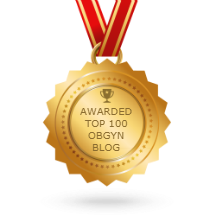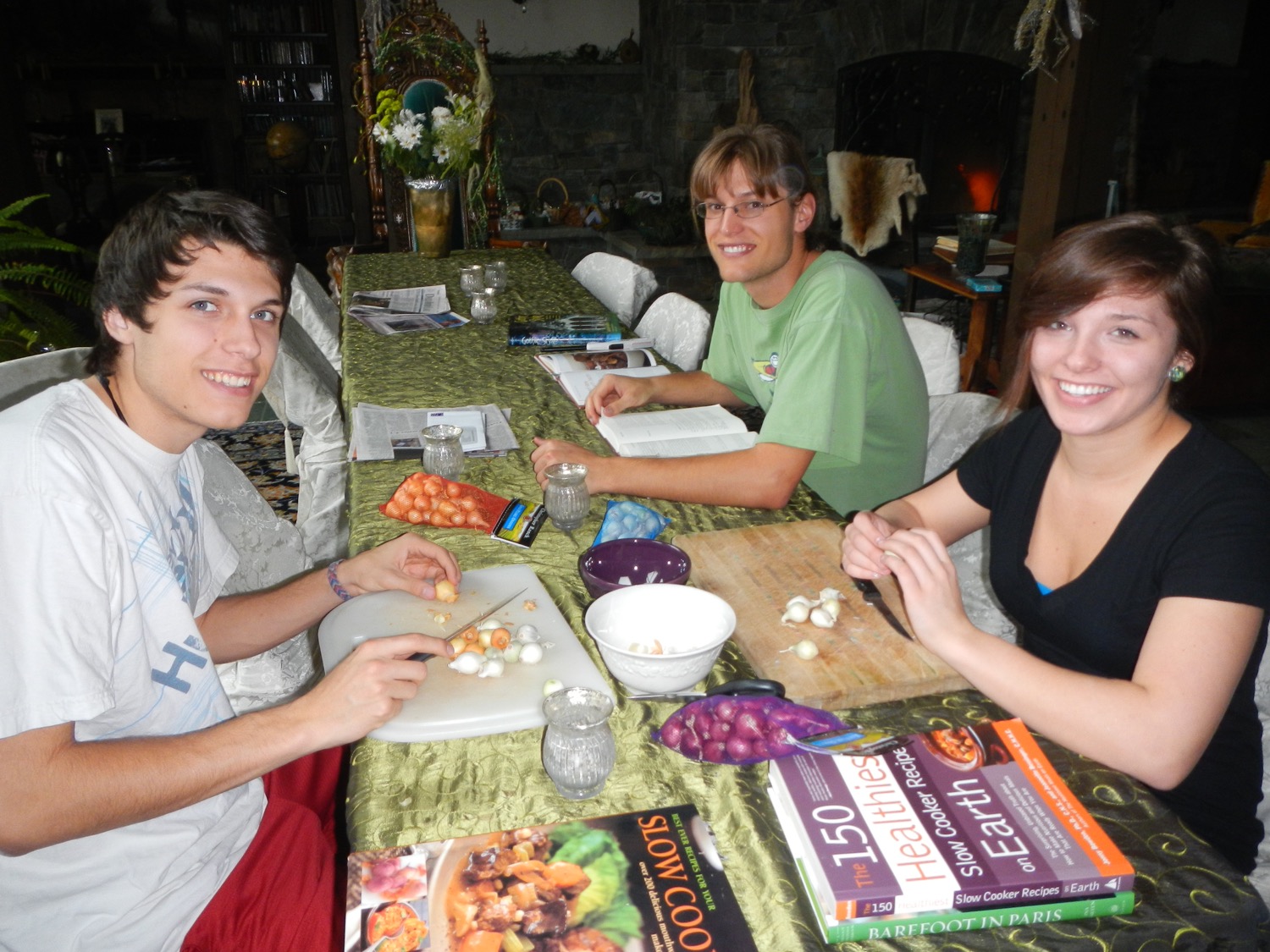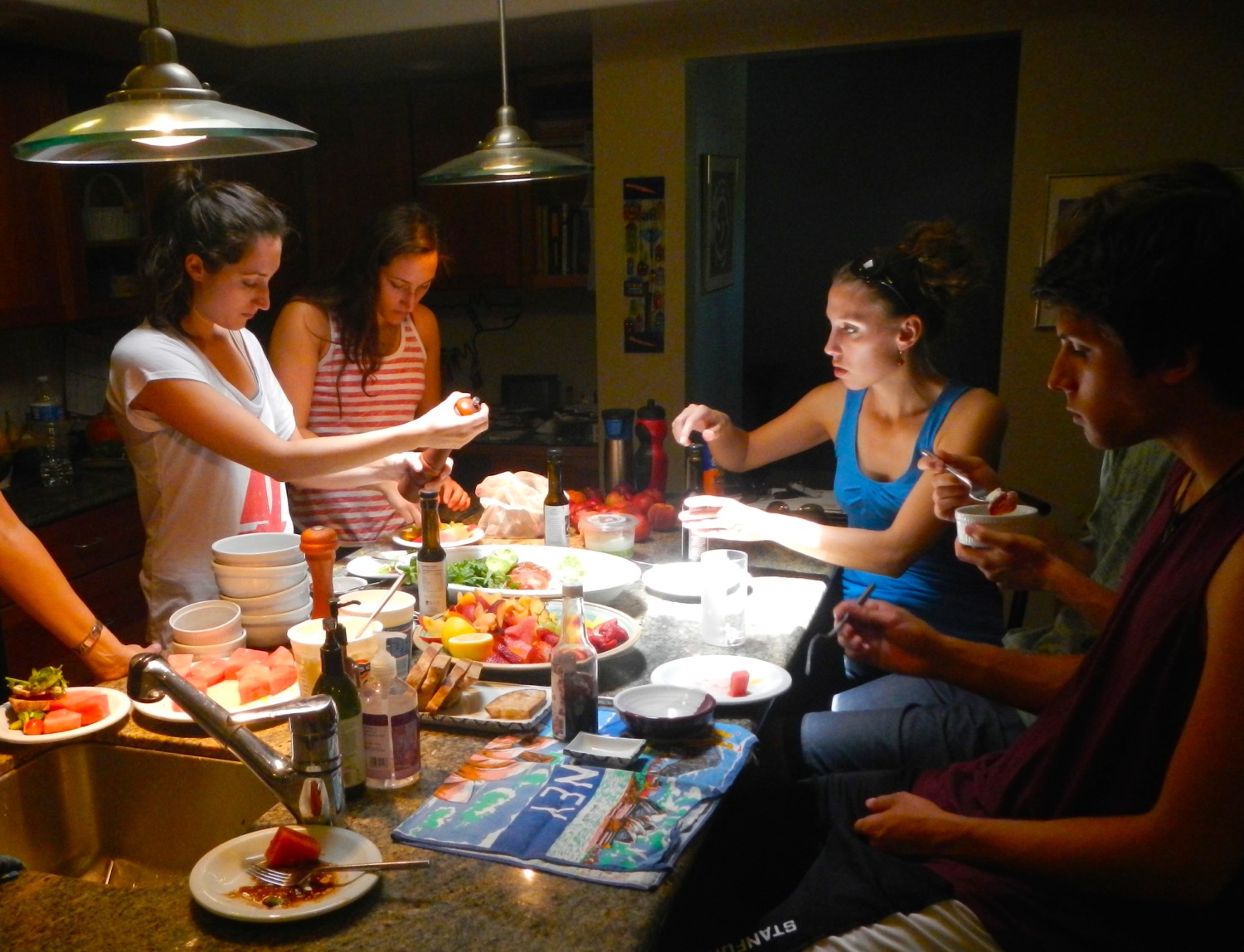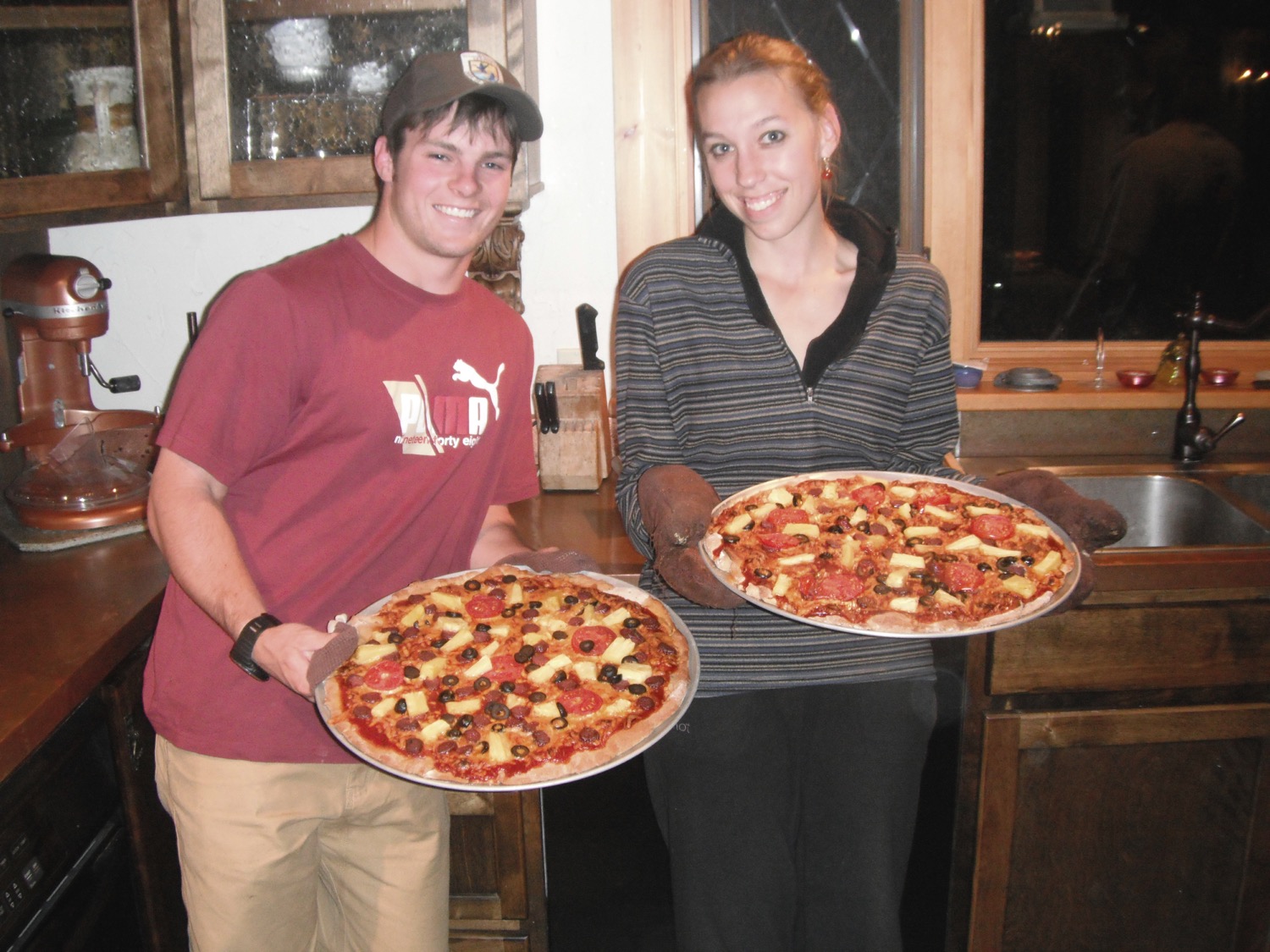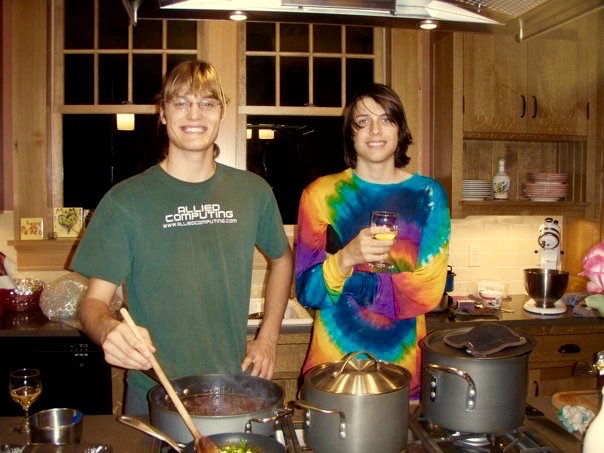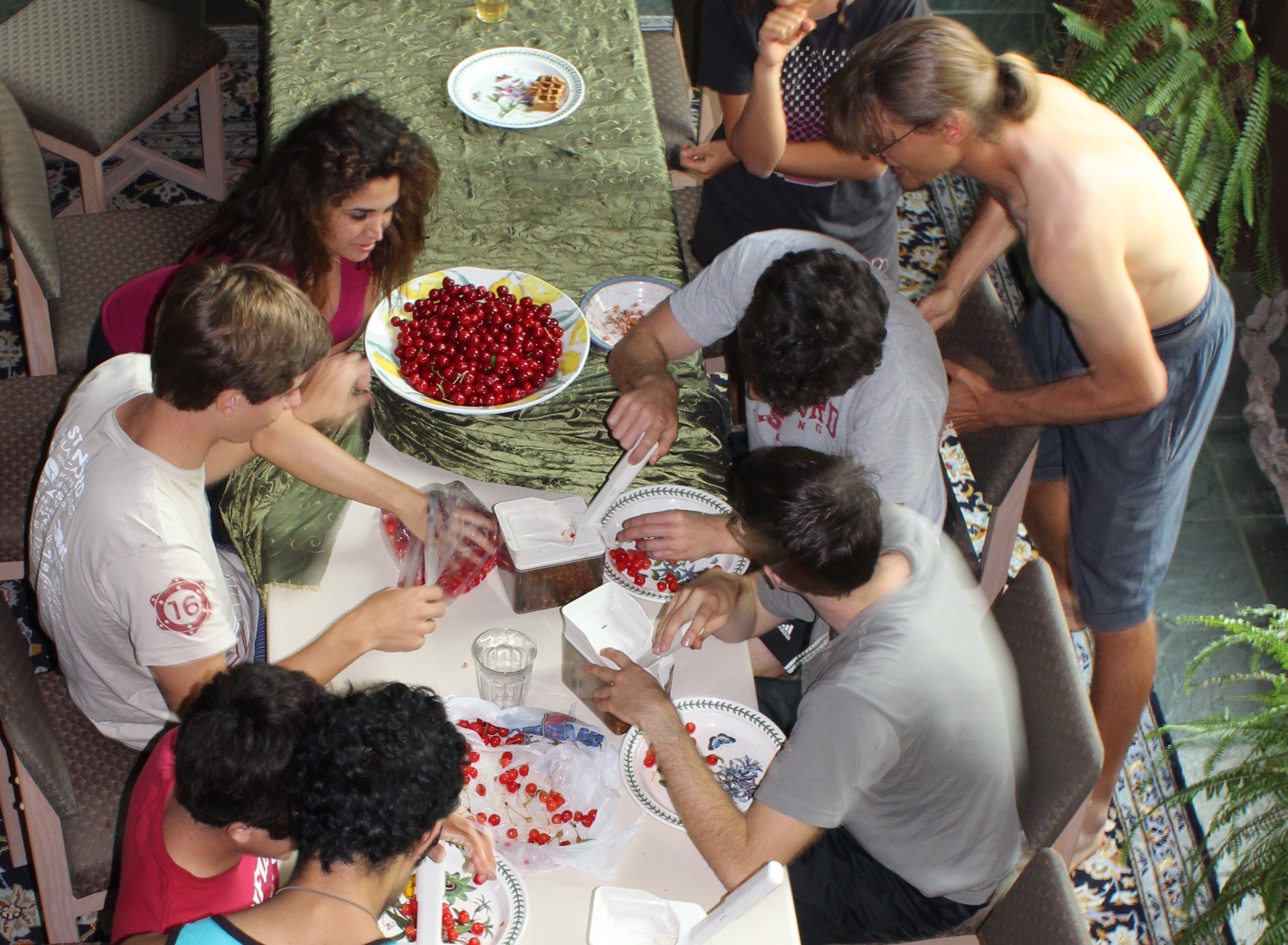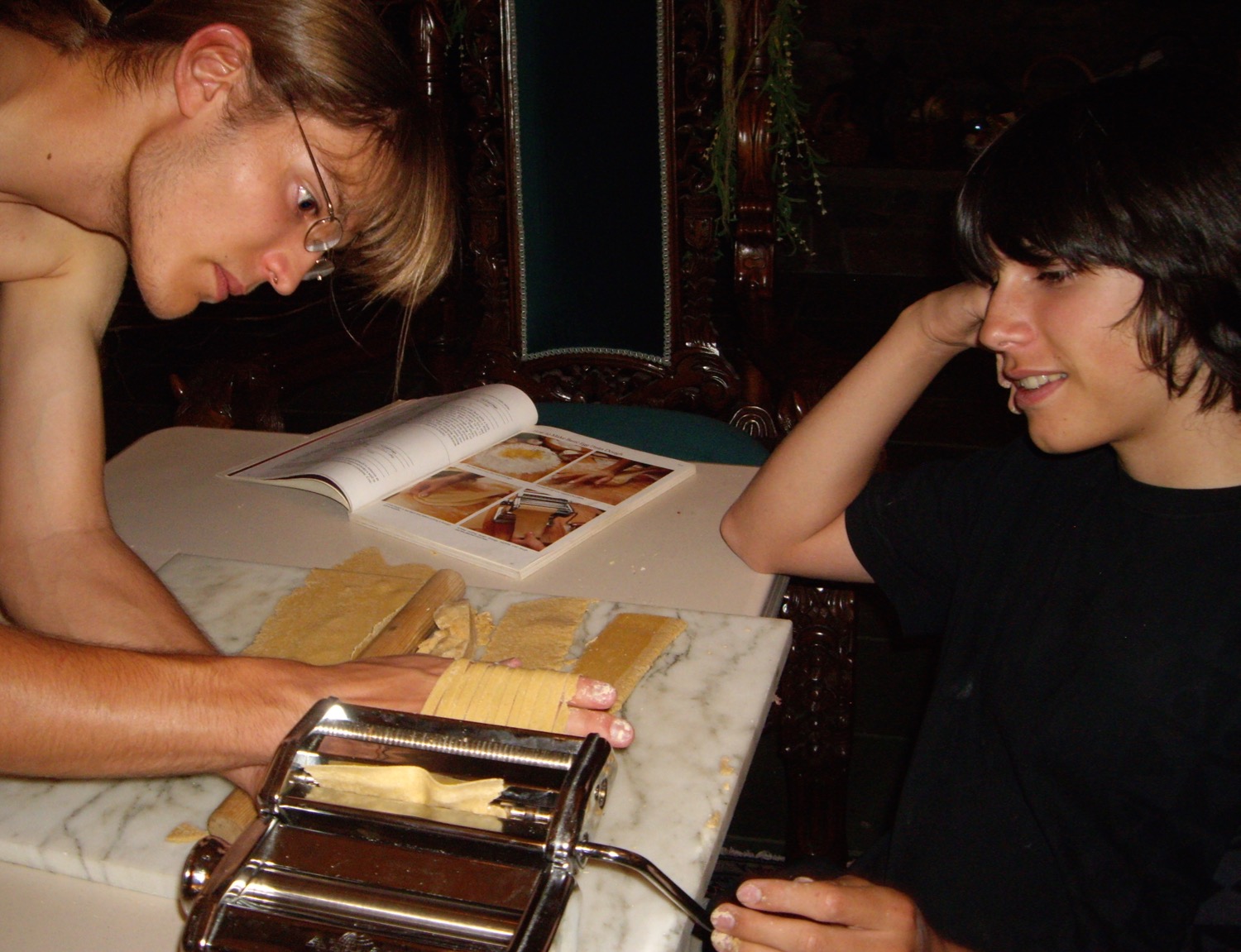Bon Chic, Bon Genre. (BCBG!) This is the French idea that if you present yourself well in dress, that your mindset will be better.
This is the week that both Americans and the French celebrate their independence. Why not celebrate a little independence from fashion trends, from self consciousness, or from spending too much? Marveilleuse!
What is this French concept of "the capsule wardrobe"? It means a wardrobe of restricted size with precisely chosen components. It is a useful concept today when women need to do more with less, and when they would like to be valued for who they are and what they do, rather than how they keep up with trends. It is important too, since the capsule wardrobe is part of the minimalism movement, which, together with the environmental movement, highlights the benefits of having less "stuff", but more space and more time.
But wait? Aren't French women all about the fashion? But of course! It is really that they are all about style. In this way of thinking, the clothing highlights the woman, not the other way around. The clothing should not get in the way of her looks or her life.
The first step in creating a capsule wardrobe is to tune up your nutrition and exercise! Mais Oui! You want to be trending gently but persistently toward your healthiest weight and body composition. As you do this, your clothes will look and feel better, and you will feel better in them. Check out our sections on Nutrition and Fitness to learn how.
What is the first step in tuning up your exercise and nutrition? It sounds counterintuitive, but it is to accept your present state. Be kind to yourself. Allow yourself to take sustainable baby steps toward your goals. Let it take the time it needs to take, as long as you are moving in the right direction. For some great tips on making sustainable changes, check out our section on Motivation.
Developing a capsule wardrobe requires a good mindset. It is not, as you might imagine, a mindset of scarcity; rather it is a mindset of abundance. Developing a capsule wardrobe also requires a closet cleanout. This is a good exercise. You will see that you have more than you thought, oftentimes more than you need. You will find there is much to get rid of and pass on to someone else. Strangely, when you get rid of the unneeded items, the closet contents are somehow “better”, like you have spent money on your wardrobe, but you haven’t.
Here is how to decide whether to get rid of something:
- You don’t feel comfortable or at ease when you wear it
- You wouldn’t buy it now
- It looks better on the hanger than on you
- You haven’t worn it in one to two years.
- It is unrepairable
A word about size. We all know that weight can fluctuate. So if you have beautiful flattering pieces that just don’t fit now but will when you are at a better weight, keep them, but take them out of the closet and store them elsewhere until you have met your weight and body goals.
Here are the key elements to a capsule wardrobe:
- Pieces that are tried and true
- Pieces must fit well, be flattering and make you feel good.
- Emphasis on simplicity
- Emphasis on high quality
- Color scheme focuses on neutrals with certain pops of color depending on the season.
- Neutrals are whites, beiges, blacks, grays, navy and denim.
- All elements work together and may layer.
Here are the consistently observed effects of working toward a capsule wardrobe:
- Makes you feel more confident
- Lets you think less about what you are wearing and more about what you are doing.
- Streamlines dressing in the morning and at other times.
- Costs less
- Frees up time for things other than shopping
- Frees up room in the closet
The French Version of the Capsule Wardrobe:
- relies heavily on neutrals
- requires flawless fit regardless of body type
- favors natural fibers
- allows no visible brand names
- almost uniform like in simplicity
- does not over accessorize
- excludes extremely high heels or platforms, flats and medium heels are ok.
- allows nothing which makes you feel physically or psychologically uncomfortable, i.e. too tight or too risqué
- involves le “no makeup” look, which simply highlights and clarifies the face, rather than decorating it.
I have provided you with many entertaining references, since the capsule wardrobe is best appreciated in pictures. I could never have a truly tiny wardrobe such as the ones that some of these bloggers propose. For one, where I live, we have four very distinct seasons, each requiring its own wardrobe. However, moving toward simplicity, quality, and feeling good inside is always a good thing.
References:
http://www.whowhatwear.com/same-outfit-every-day/
http://www.whowhatwear.com/how-to-capsule-wardrobe/
http://www.un-fancy.com/capsule-wardrobe-101/my-capsule-wardrobe-summer-2014/
http://theproject333.com/solution/
http://www.minimalistbeauty.com/my-springsummer-2015-capsule-wardrobe/
http://www.wardrobeoxygen.com/2015/03/ask-allie-an-active-casual-capsule-wardrobe.html
http://www.wardrobeoxygen.com/2013/04/capsule-wardrobe-no-fashion-victim-no-frump.html
http://theeverygirl.com/how-to-create-a-capsule-wardrobe
French Version:
http://www.paris-to-go.com/2014/08/10-pieces-1-year-project-333-zero-waste.html
http://www.savespendsplurge.com/how-to-get-a-parisian-fashion-wardrobe-bon-chic-bon-genre-part-one/

